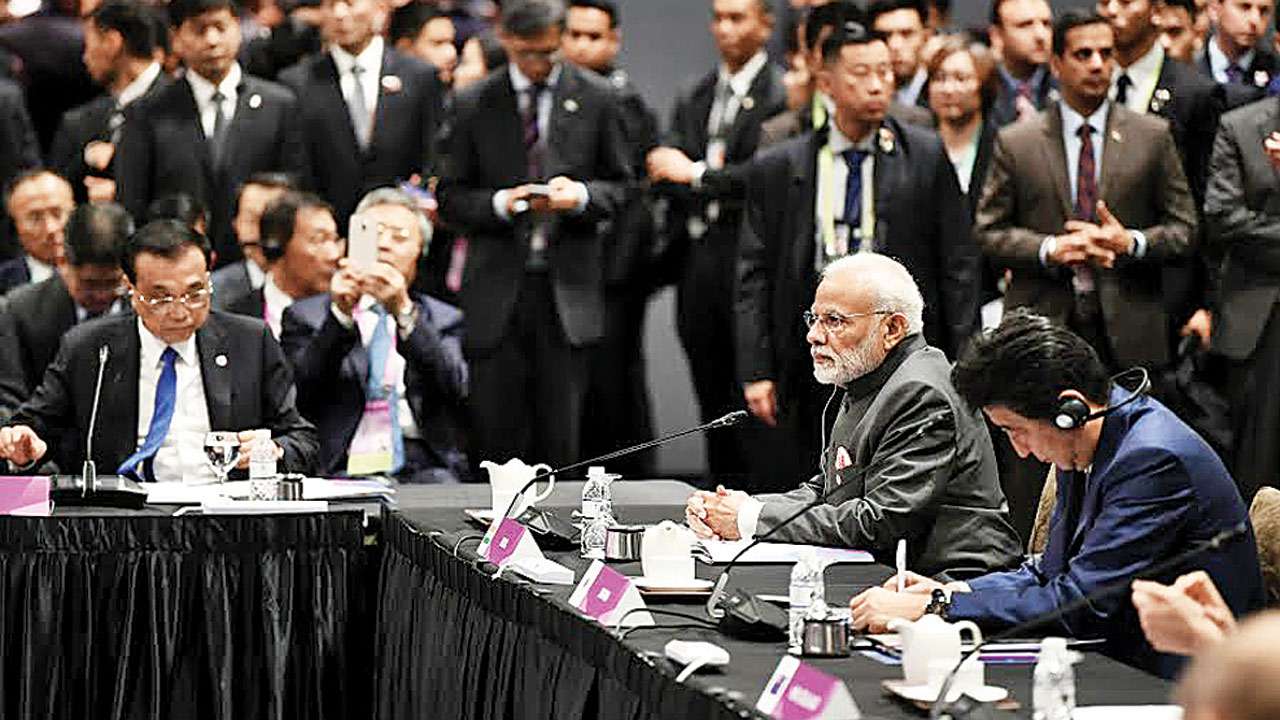
The cross-country intellectual property rights (IPRs) wars are back and this time it’s being fought in the East.
From last week’s RCEP conversations in Singapore, it seems like Japan and South Korea are pushing other Asian countries like India and China to accede to stricter IPR norms.
Public health activists are concerned about this resulting in raising prices of medicines, given that patent term extensions and stricter data exclusivity requirements could expand monopoly power of patent holders.
Infact, current World Bank chief economist, Pinelopi Goldberg and co-authors in a 2006 paper on fluoroquinolones market in India, had estimated potential adverse welfare consequences with stronger IPR and TRIPs. But taking a call on these new IPR discussions could be more nuanced and may require fresh thought.
First, it is worth pondering why one needs a regional trade agreement over and above TRIPs (which India currently conforms with) to strengthen IPR protection. It could be because policies like compulsory licensing, restrictions against greening patents and price controls have been effectively used by India to counter stronger patents post-Trips since 2005.
Could it also be that other countries are getting inspired by India thereby creating a globally-revealed weak IPR world when one considers economies like South Africa, Brazil and Thailand? Amy Kapczynski has written about such a patents 2.0 world earlier being engineered in India.
That said, might it be also true that weak IPR is being used by countries like India as an excuse for its dithering public health institutions and infrastructure?
Prices of medicines may rise with stronger IPR in India (though recent research by Mark Duggan and co-authors find only a modest 3-6% increase in average prices of drugs in India post-TRIPs), but then so long as one has provisions for healthcare financing, this rise should not in theory, be an issue.
Neither should it be an issue if diseases are detected earlier using better primary healthcare infrastructure, which can also enable keeping share of pharmaceuticals to overall healthcare expenditure, at a realistic minimum.
While US spends something like 12-15% on this metric, anecdotal estimates suggests that India’s pharmaceutical spending is an order of magnitude higher, that too it’s out of pocket spending on drugs and healthcare, and this is a real welfare concern as research by Manoj Mohanan has shown.
Policy makers alone, however, cannot resolve the problem of IPR and prices of medicines. Innovator firms need to be responsible too, adopting differential pricing schemes and assuring transparently that their lobbying with their respective country regulators for regional strengthening of IPR, comes from a genuine long run access to quality healthcare argument that overrides rent-seeking interests.
As prior research by this author has shown in the context of oral-antidiabetics market in India and Merck’s drug Januvia, sometimes, differential pricing by firms could generate better welfare consequences relative to a world of price controls or compulsory licensing, an outcome that is hard to ignore for modern innovator pharmaceutical firms, be that a Takeda or Otsuka in the East or a Merck or Bristol Myers from the West.
It is also worth noting here that there is evolution happening in the bio-pharmaceutical world, with an increased emphasis on biologics, biosimilars, personalized medicines and genomics.
These new technologies may requires incentives for further innovation and to the extent short run weak IPR creates adverse inducements, societies even in the developing world might be losing out on the next big medical manna from discovery hot spots of the world.
In addition, for countries like India and China trying to encourage life science start-ups based on science, this is especially critical, since not only will strong IPR attract global venture capital funding, but an absence of it may also result in a flight of entrepreneurs to strong IPR locations like Singapore.
At the end, while theoretical arguments for stronger IPR is well rooted in its potential to create long-run incentives for innovation thereby enhancing human welfare, it is also true that empirical findings on this question has been mixed.
In Japan for example, Lee Branstetter and Mariko Sakakibara fail to find that the 1988 Japanese IPR reforms (increasing scope of patents) resulted in an increase in either R&D spending or innovative output in a sample of Japanese firms.
No one is doubting the welfare effects of medical innovation, however. As the 2018 Nobel Laureate in economics William Nordhaus presciently pointed out in his provocatively titled “The Health of Nations” paper, advances in human welfare generated by better medical science over the past half century have been equal in value to consumption increases from all other sources put together.
Other scholars like Daren Acemoglu and Samuel Johnson extend this line of thought with their 2007 work on antibiotics innovation for economic growth, while Jenny Lanjouw, Iain Cockburn and Mark Schankerman demonstrated in their 2016 paper the cross-country disincentives to entry for innovative products with weaker IPR.
Frank Lichtenberg, meanwhile, has shown the positive effects of new drug launches on American longevity and medical expenditure between 1990 and 2003. So the arguments and evidence seem to be there for provisioning towards long run incentives for innovation with stronger IPR.
Maybe then the time has come for societies to co-create with firms a Patents 1.5 world? Policy makers can incentivise innovation through a split patent system conditional on burden of disease leveraging on mechanisms like patent review vouchers or advanced market commitments to incentivize life-science innovation with a one size may not fit all approach.
Firms meanwhile also need to show willingness to price pharmaceutical products responsibly to enhance access to quality and innovative medicines. That maybe a way forward to the emerging eastern IPR wars leading to peace coming out of the November 2018 Singapore RCEP discussions.
Author is with IIM, Ahmedabad